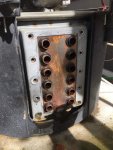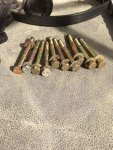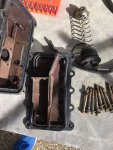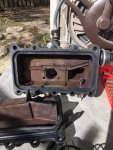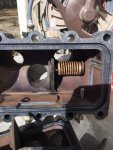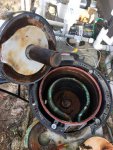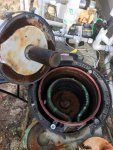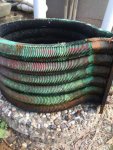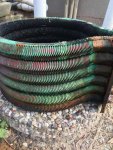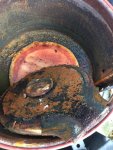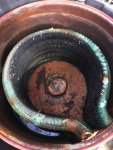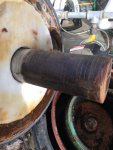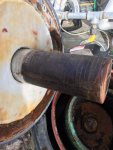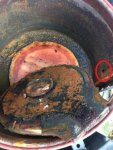I have a Stay-Rite Max-E-Therm 400HD.
I have been replacing parts as it would run for a while and then quit.
Today I removed the HSI to replace and noticed half the tip of the HSI was submerged in WATER!!
So where do I go from here??
Do I disassemble the manifold and replace o-ring seals or check for a cracked manifold?
Heater is around 2-4 yrs old and I wouldn't expect a hole in the heat exchanger with the HD cupronickel exchanger....
Thanks,
Lee
I have been replacing parts as it would run for a while and then quit.
Today I removed the HSI to replace and noticed half the tip of the HSI was submerged in WATER!!
So where do I go from here??
Do I disassemble the manifold and replace o-ring seals or check for a cracked manifold?
Heater is around 2-4 yrs old and I wouldn't expect a hole in the heat exchanger with the HD cupronickel exchanger....
Thanks,
Lee



